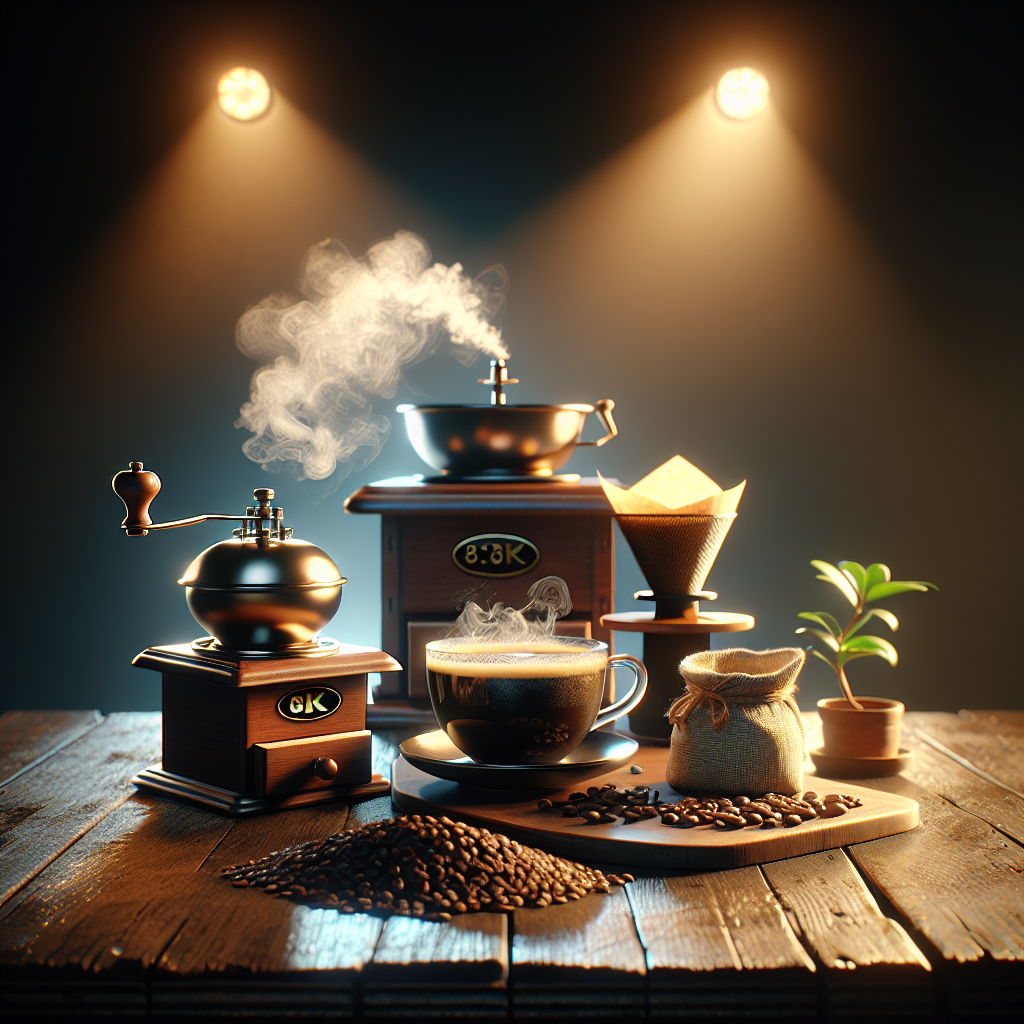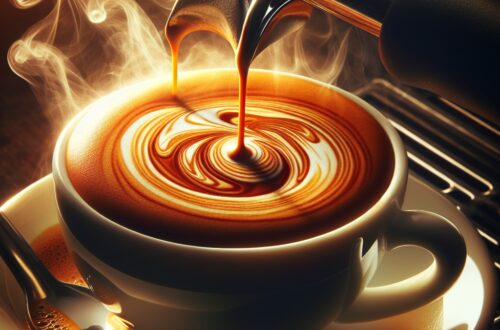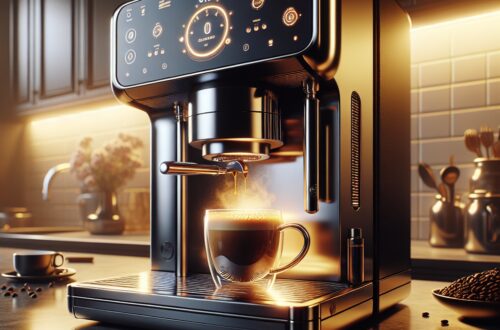“`html
How to Make Great Coffee at Home: A Comprehensive Guide
There’s nothing quite like starting your day with a perfect cup of coffee. Achieving this at home is not only possible but also rewarding. Using the right techniques and tools can transform your coffee-making experience, producing a rich, flavorful brew every time. Below is a detailed guide on how to make great coffee at home.
Coffee to Water Ratio Guidelines
Maintaining the correct coffee-to-water ratio is crucial for optimal taste. Below is a detailed table showcasing recommended ratios for various brewing methods.
| Brewing Method | Coffee (grams) | Water (ml) | Coffee to Water Ratio |
|---|---|---|---|
| Drip Coffee Maker | 60 | 1000 | 1:16.7 |
| French Press | 50 | 750 | 1:15 |
| AeroPress | 15 | 240 | 1:16 |
| Pour Over | 25 | 400 | 1:16 |
| Espresso | 18 | 30 | 1:15 |
| Cold Brew | 100 | 1000 | 1:10 |
1. Choose Quality Beans
The foundation of a great cup of coffee starts with the beans. Quality coffee beans significantly impact the flavor and aroma of your brew. When selecting coffee beans:
- Opt for specialty coffee beans over commercial grade.
- Choose beans that have been roasted recently, preferably within the last month.
- Consider the origin of the coffee beans as different regions offer unique flavor profiles.
Understanding the roast date and choosing whole beans over pre-ground options will also help you maximize freshness. Store your beans in an airtight container, away from light, heat, and moisture, to retain their flavor.
2. Invest in a Good Grinder
Consistency in the grind size is essential for even extraction, and this is where a high-quality grinder comes into play. Burr grinders are superior to blade grinders as they provide a more uniform grind. Match the grind size to your brewing method:
- Coarse for French press
- Medium for drip coffee makers
- Fine for espresso
Maintain your grinder regularly to ensure longevity and consistent performance, and consider adjusting the grind setting according to the roast level of your beans.
3. Use Clean Equipment
Clean coffee-making equipment ensures that no residual coffee oils or old grounds affect the taste of your brew. Follow these steps to keep your equipment clean:
- Clean coffee makers and grinders regularly.
- Descale espresso machines periodically to remove mineral buildup.
- Use common cleaning solutions suitable for coffee equipment.
Regular maintenance prevents mold and bacterial growth, ensuring each cup of coffee is fresh and flavorful.
4. Measure Your Coffee and Water
Accurate measurement of coffee and water is crucial for the perfect brew. The standard coffee-to-water ratio is 60 grams of coffee per liter of water, but this can be adjusted according to personal taste preferences. Use tools such as scales and measuring cups to get precise measurements.
Experiment with different ratios to determine what works best with your beans and brewing method, and keep a brew log to track your adjustments and results.
5. Use Filtered Water
The quality of water significantly influences the taste of your coffee. Use filtered or fresh spring water, as these contain essential minerals that enhance flavor. Avoid distilled water as it lacks these minerals.
- Test your home’s water quality to understand its impact on your coffee.
- Consider using water filters like pitchers or faucet attachments.
If you’re interested in learning more about coffee-related topics, visit our comprehensive Coffee FAQ section .
6. Pay Attention to Brewing Time and Temperature
Brewing time and temperature are vital for proper extraction. Each brewing method has its optimal time and temperature range. For instance:
- Pour-over: 200°F (93°C) for 3-4 minutes
- French press: 200°F (93°C) for 4 minutes
- Cold brew: Steep for 12 hours at room temperature
Use a thermometer to ensure accurate temperature, and maintain consistency to prevent over-extraction or under-extraction.
7. Experiment with Brewing Methods
Variety is the spice of life, and the same applies to coffee brewing. Popular methods include:
- Pour-over
- French press
- AeroPress
- Moka pot
- Cold brew
Each method delivers a unique flavor profile. Explore and find the one that suits your taste preferences. For beginners, start with simple methods like pour-over, and gradually experiment with more complex techniques.
8. Preheat Your Equipment
Preheating your equipment, such as carafes or mugs, helps maintain the optimal brewing temperature. This simple step leads to better extraction and enhances the overall flavor of your coffee.
Be careful to avoid equipment damage while preheating by using gentle methods like hot water rinses.
9. Fully Saturate Your Grounds
Even saturation of coffee grounds ensures consistent extraction. Techniques for achieving this include:
- Stirring the coffee during brewing.
- Using a gooseneck kettle for precise pouring.
Timing your saturation process is also crucial, especially for methods like French press. Address common saturation issues by experimenting and adjusting your technique.
10. Store Your Coffee Properly
Store your coffee beans in an airtight container, away from elements like light, heat, and moisture. Proper storage retains the freshness and prevents the beans from going stale. Long-term storage should be done in vacuum-sealed bags or airtight containers, and consider refrigerating or freezing them only if necessary.
Watch for signs of staleness, such as a flat or dull taste, and rotate your stock regularly to ensure you always have fresh beans on hand.
By incorporating these tips and techniques into your routine, you can elevate your home coffee-making experience. For further information and answers to more coffee-related questions, check out our Coffee FAQ section . Explore our other blog content to broaden your coffee knowledge and refine your brewing skills.
“`
Shop at Breville now!
https://breville.oie8.net/oqDqrE
Shop Coffee Machine at Amazon now!
Click here!





